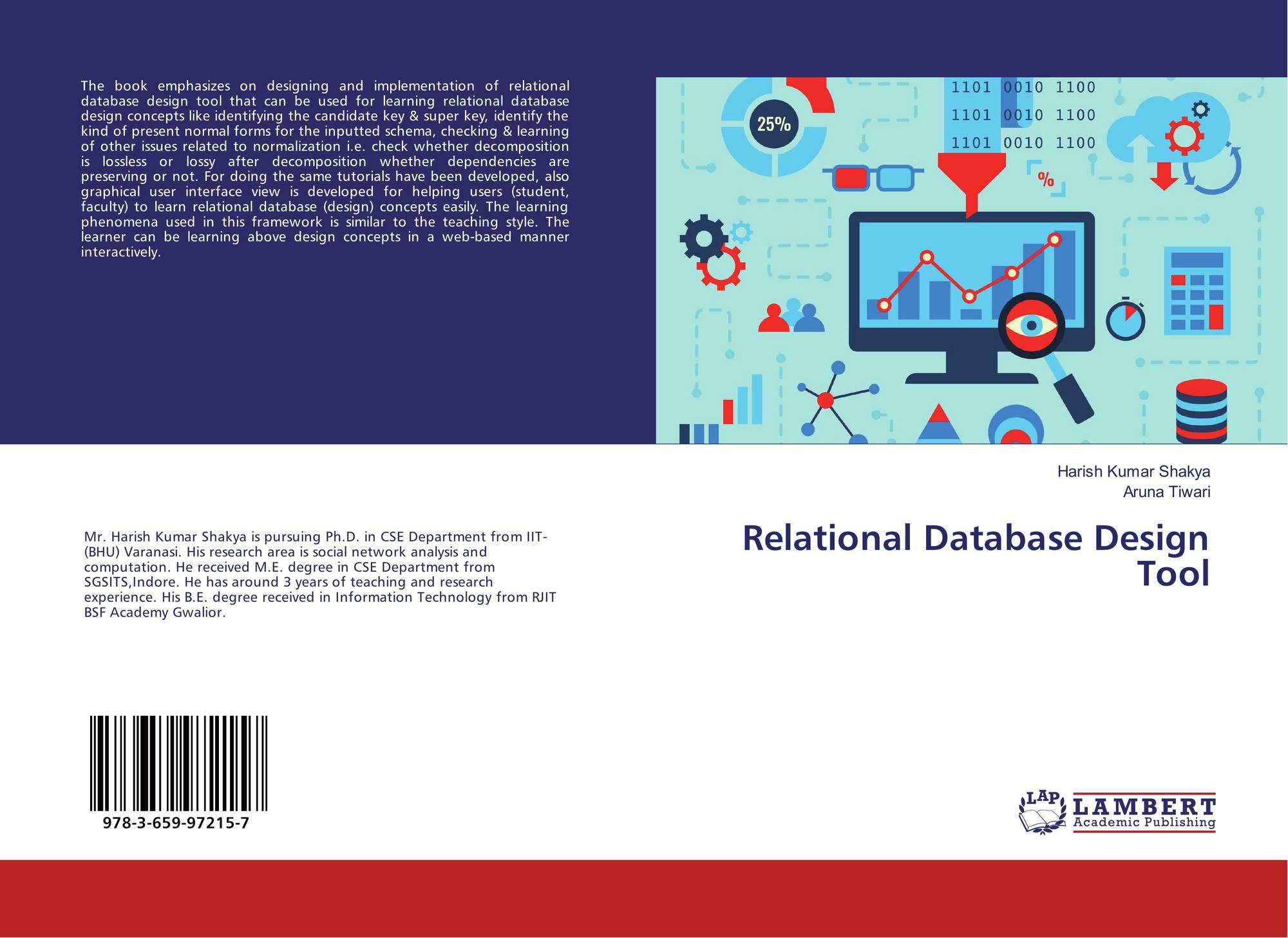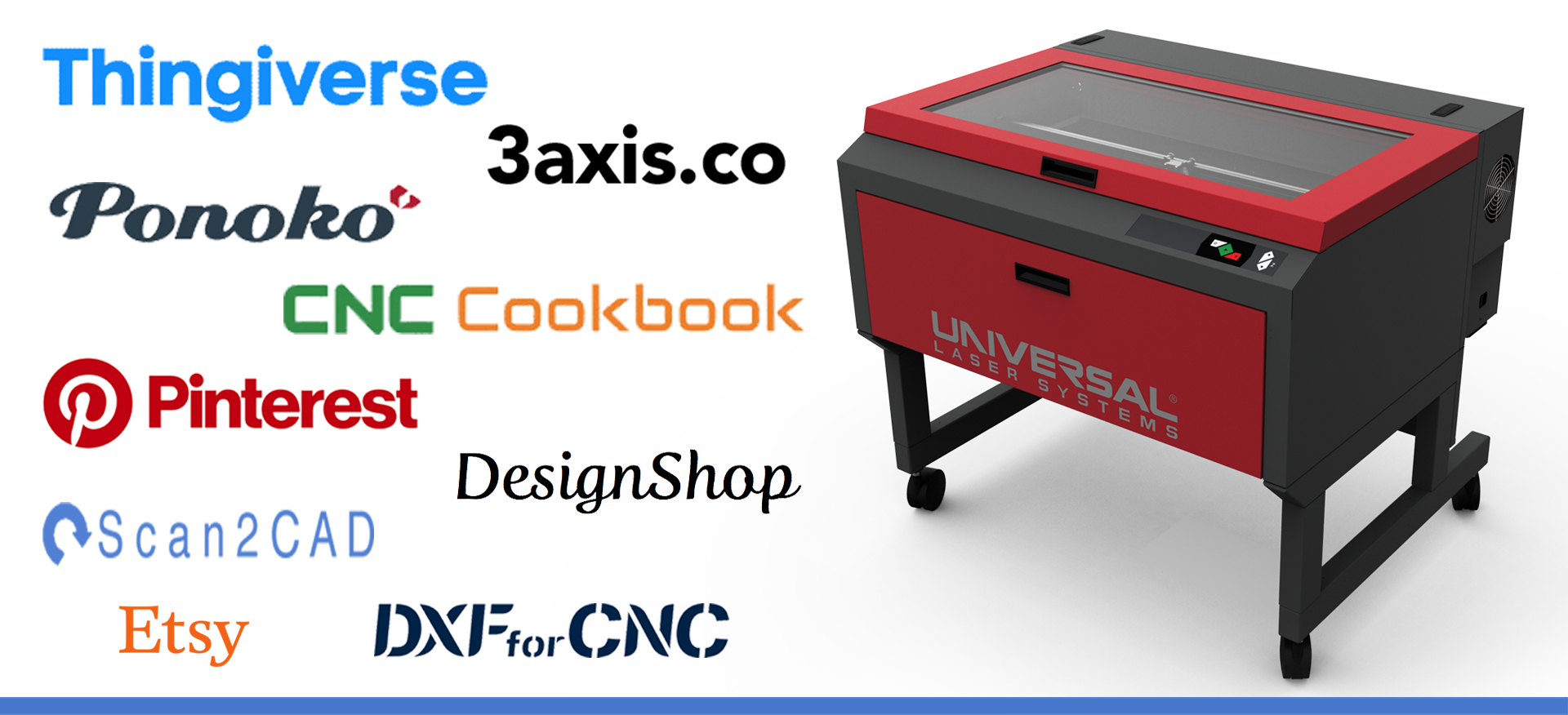Table Of Content

For example, a table of customers might have columns for name, email, phone number, and address. Each row in the table would have the information for one customer. They’ve been used to build a wide variety of different applications, and continue working efficiently even with very large amounts of data.
Key Principles Behind Effective Database Design
Due to hardware constraints, early relational databases were still prohibitively slow, and it took some time before the technology became widespread. But by the mid-1980s, Codd’s relational model had been implemented in a number of commercial database management products from both IBM and its competitors. These vendors also followed IBM’s lead by developing and implementing their own dialects of SQL.
What Is Object-Relational Mapping (ORM)? - Built In
What Is Object-Relational Mapping (ORM)?.
Posted: Mon, 10 Apr 2023 23:15:54 GMT [source]
model
Gather the requirements and define the objective of your database, e.g. ... Other operators have been introduced or proposed since Codd's introduction of the original eight including relational comparison operators and extensions that offer support for nesting and hierarchical data, among others. A domain describes the set of possible values for a given attribute, and can be considered a constraint on the value of the attribute. Mathematically, attaching a domain to an attribute means that any value for the attribute must be an element of the specified set. The character string "ABC", for instance, is not in the integer domain, but the integer value 123 is.
Towards Deep Learning for Relational Databases by Gustav Šír - Towards Data Science
Towards Deep Learning for Relational Databases by Gustav Šír.
Posted: Tue, 29 Nov 2022 08:00:00 GMT [source]
Tips for Enhancing Your DBMS Skills
Relations can be modified using the insert, delete, and update operators. New tuples can supply explicit values or be derived from a query. When you take online courses about database design, you will learn how to come up with the full design of the database. This work will include each of the necessary elements, including designing and implementing the database schema, tables, indexes, columns, and fields.
The process of putting this diagram together can help us straighten out the relationships and identify important insights or redundant attributes as we go. What types of entities do we need to create tables for (customers, orders, products, courses, website-clicks, data downloads, etc)? As with anything to do with taking advantage of data, to make our work most effective we need to think about what the use cases are and what our users are looking for. If we tried to store the key for the product on the brand table, we’d have to have a record for each product — making the separation of the data pointless and creating unnecessary redundancy in our database.

Types of Structural Patterns
Another example of domain describes the possible values for the field "CoinFace" as ("Heads","Tails"). So, the field "CoinFace" will not accept input values like (0,1) or (H,T). The book is consistent in terms of terminology and organization of the concepts in every chapter. I had to zoom very large and they were still sometimes very hard to read.
Stored procedures
Index can be defined on a single column, a set of columns (called concatenated index), or part of a column (e.g., first 10 characters of a VARCHAR(100)) (called partial index) . For example, if you often search for a customer using either customerName or phoneNumber, you could speed up the search by building an index on column customerName, as well as phoneNumber. Choose one column (or a few columns) as the so-called primary key, which uniquely identify the each of the rows.
Participants in the courses are employees of the client companies, i.e. they work for the client companies. This is very useful as it means these tables are connected in a meaningful way and we can easily find the name of the contact person responsible for the ‘Luft Extreme Sneakers’, for example. We will look at how exactly this is done using SQL code later in this series. For the other tables, however, it would probably be better to make new fields that concatenate values from existing fields.
Benefits of relational database management system
Before relational databases, companies used a hierarchical database system with a tree-like structure for the data tables. These early database management systems (DBMS) enabled users to organize large quantities of data. However, they were complex, often proprietary to a particular application, and limited in the ways in which they could uncover within the data. This is a design pattern where a combination of two or more columns is used to uniquely identify each row in a table, instead of having a single column as the primary key. The relational databases require defining a primary key for each table, which is a column or a set of columns that can distinguish each row from others.
The relational model uses a collection of tables to represent both data and the relationships among those data. Each table has multiple columns, and each column has a unique name. Record-based models are so named because the database is structured in fixed-format records of several types. Each record type defines a fixed number of fields, or attributes. The columns of the table correspond to the attributes of the record type.
This means choosing the right data types, setting up relationships properly, and ensuring everything correlates effectively. In our case, an arbitrary ‘product_id’ has been assigned to each record. Which to use depends on the nature of your data — what is important is that every table has a primary key, it must be unique and it cannot be NULL.
The first thing to do is to read the requirements document carefully, making note of the things which might become entities in our database, and the possible relationships between them. The first thing to think about when creating a database is what we want it for. Different requirements will lead to different information structures, relationships, designs and implementations.
In our brand table, the brand name is the primary key — the unique identifier for each record. In terms of sheer size, some databases have fixed limits on column lengths. If your database is built on a single dedicated server, scaling requires buying more server space, proving expensive in the long run. MySQL was developed as an open-source management system for relational databases until it was acquired by Sun Microsystems (now Oracle Corporation).
The university offers bachelor of science, master of science, professional master’s, and Ph.D. degrees—as well as certificates for in-demand STEM fields and other areas of innovation. Talented students from around the world choose to study at Illinois Tech because of the access to real-world opportunities, renowned academic programs, high value, and career prospects of graduates. Work together to design, model and document the database schema of your app. Visualize your database schema and gain a birds-eye view of how different models fits together. Create a living document of your database schema that helps when architecting new features or onboarding new team members. BRANCH_CODE of STUDENT can only take the values which are present in BRANCH_CODE of BRANCH which is called referential integrity constraint.
This is a design pattern where a single database table is used to store multiple types of related objects that share common attributes. However, STI is a technique used to represent a hierarchy of classes in a single table by using a column that indicates the type of each row. Thanks to their flexibility and design for data integrity, relational databases are still the primary way data are managed and stored more than fifty years after they were first conceived of. Even with the rise of various NoSQL databases in recent years, understanding the relational model and how to work with RDBMSs are key for anyone who wants to build applications that harness the power of data.
You can, therefore, query the table to produce valuable reports, such as a sales reports by industry or company, which can inform messaging to prospective clients. For example, imagine your company maintains a database table with customer information, which contains company data at the account level. There may also be a different table, which describes all the individual transactions that align to that account. Together, these tables can provide information about the different industries that purchase a specific software product. The single and double lines here refer to the participation level of the entity in the relationship.
























